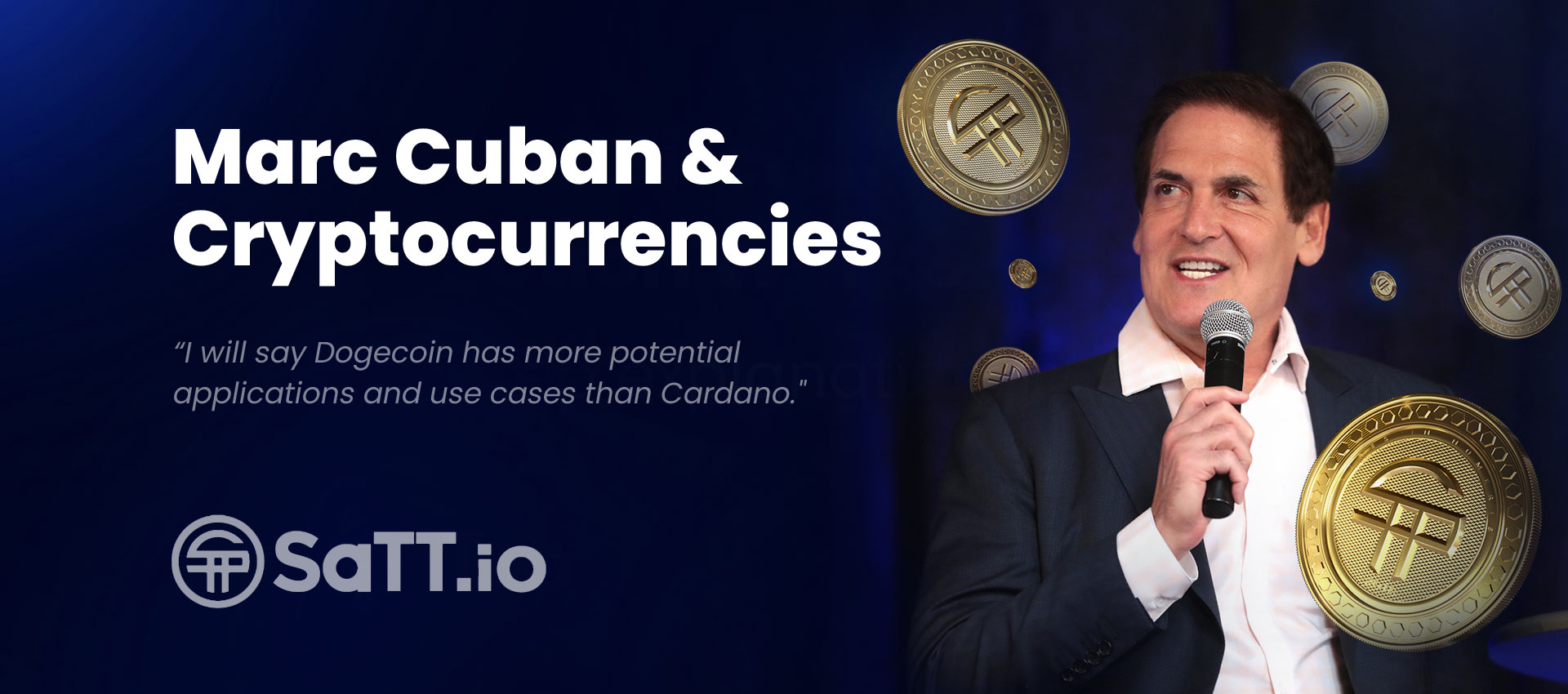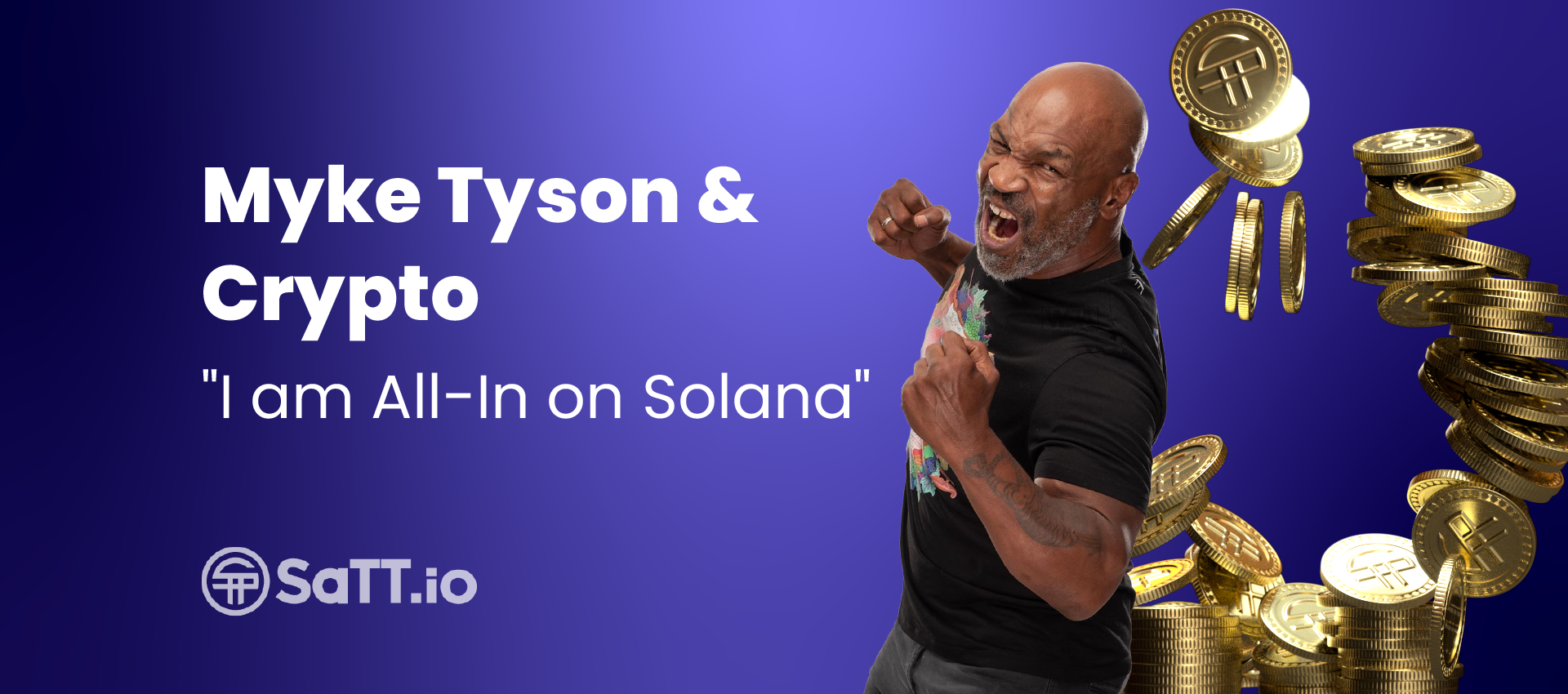
Who is Charlie Lee?
Table of Contents
Early Life and Beginning Career
Charlie Lee was born in the west African nation of Ivory Coast, his parents have lived in that country for decades. When he was 13, Lee moved with his family to the United States, graduating high school in 1995 and attending MIT. Lee earned bachelor’s and master’s degrees in computer science, graduating in 2000.
Even from the earliest stages of his professional career, Lee showed a keen interest in and aptitude for computer technology. In the early 2000s, Lee spent years working for a number of top tech companies, including Google and Guidewire Software. It was during his stint at Google as a software engineer that he began to develop the idea of litecoin.
According to a biography on Medium, Lee’s work at Google involved projects like YouTube Mobile and Chrome OS. In 2011, while working at Google, Lee learned about bitcoin while reading an article on Silk Road. This proved to be a crucial turning point for Lee; prior to this time, he had been searching for ways to get involved in the trading of gold. His personal background and economic beliefs led him to approach the Federal Reserve System with skepticism. In his search for a way of investing that was less reliant upon standard financial means, Lee became highly interested in bitcoin and the new blockchain technology that supported it.
From Miner to Developer
Along with many other early adopters of bitcoin who were also talented computer scientists, Lee began to experiment with mining. He also came into contact with Mike Hearn, a developer who worked on the core blockchain client software for bitcoin. These conversations and his interest in bitcoin inspired Lee to try his hand at developing his own digital currency, modeled after bitcoin. Lee was far from the only computer scientists and software engineer to make this attempt; in the early years of bitcoin, numerous developers were hoping to build the next bitcoin.
Lee’s first cryptocurrency project was called Fairbix. He developed this coin in September 2011, modeled after both bitcoin and Tenebrix, a currency that had been released earlier in the year. Indeed, Lee and the other members of his development team used large portions of the Tenebrix source code. While Fairbrix was not a success, due to a pre-mining issue and software bugs that left the coin susceptible to a 51% attack, it was not a completely useless endeavor; Lee would adopt the proof-of-work protocol from Fairbix for his later work with litecoin.
Litecoin
Just weeks after the failed release of Fairbrix, Lee released litecoin as well. Litecoin was modeled after the core bitcoin code, with several adjustments that Lee felt would improve upon bitcoin. These included the hashing protocol itself, the transaction time for blocks and the total maximum supply cap value, among others.
Although litecoin was modeled after bitcoin, Lee has worked to present the cryptocurrency as an alternative to bitcoin, rather than as a competitor. Lee believes that litecoin is more useful for smaller transactions like online shopping, while bitcoin could be more useful for major international transactions.
Since the release of litecoin, Lee has worked at Coinbase, the popular digital currency exchange. In June 2017, Lee left Coinbase to spend more time on litecoin. While litecoin has seen major success, in the spring of 2018 rumors began to circulate that Lee was planning on leaving his own cryptocurrency. Lee has stated that he will eventually leave the currency because he believes that his involvement as the leader of the network will prevent litecoin from becoming fully decentralized. As of early May 2018, Lee has not provided any further information about his future plans with regard to litecoin or other digital currency projects, nor has he indicated when litecoin users can expect him to extricate himself fully from the digital currency he created.





